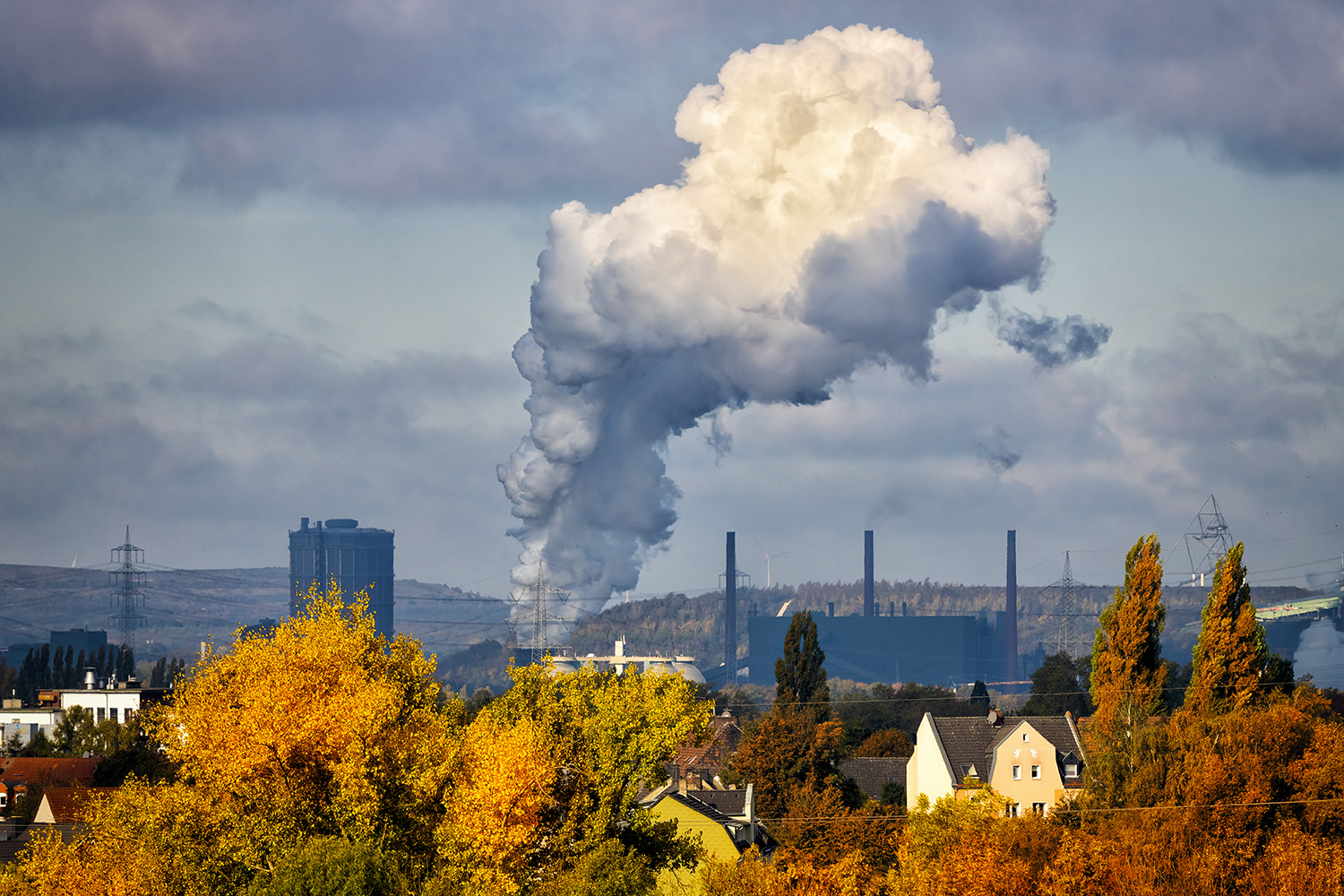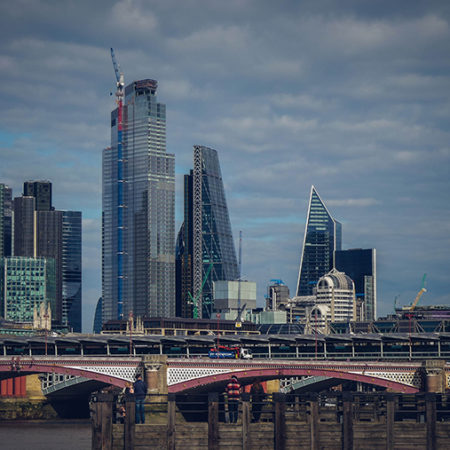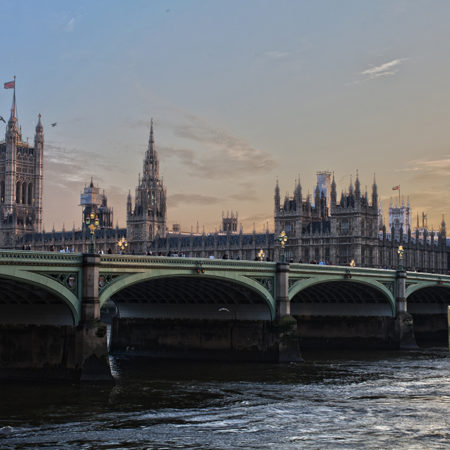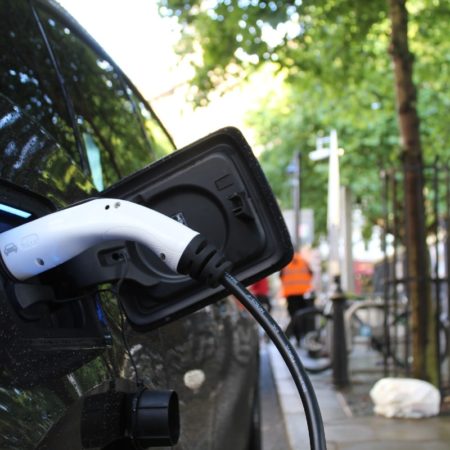The government has launched its much-anticipated Industrial Decarbonisation Strategy, setting out its vision for building a competitive, greener future for the manufacturing and construction sector.
It is hoped the strategy will drive a sharp fall in industrial emissions; by two-thirds by 2035, and by at least 90% by 2050, compared to 2018 levels.
The strategy is underpinned by supporting existing industry to decarbonise, and encouraging the growth of new, low carbon industries in the UK. It includes measures to build on the UK’s efforts in moving towards greener energy sources, with an expectation of 20 terawatt hours of the UK industry’s energy supply switching from fossil fuel sources to low carbon alternatives by 2030 – helping industry to increase its use of low carbon energy sources to around 40% of industry’s total energy consumption.
The government also announced that £171 million from the Industrial Decarbonisation Challenge has been allocated to 9 green tech projects in Scotland, South Wales and North West, Humber and Teesside in England, to undertake engineering and design studies for the rollout of decarbonisation infrastructure, such as carbon capture, usage and storage (CCUS) and hydrogen.
New reporting obligations for industrial buildings
The government also published details of a new proposed new framework for measuring the energy and carbon performance of the UK’s largest commercial and industrial buildings, including office blocks and factories, in England and Wales. It estimates the move could provide potential savings to businesses of around £2 billion per year in energy costs in 2030 and aim to reduce annual carbon emissions by over 2 million tonnes – approximately 10% of the current emissions from commercial and industrial buildings, the equivalent to removing emissions from a town the size of Doncaster.
Developing the UK Emissions Trading Scheme
Other key commitments within the Strategy include using carbon pricing as tool for getting industry to take account of their emissions in business and investment decisions.
It seeks to establish a targeted approach to mitigate against carbon leakage that meets the government’s domestic and global climate goals, while keeping businesses competitive. A call for evidence on the UK ETS has just been launched to address this area.
The strategy also includes a pledge to develop proposals for new product standards, enabling manufacturers to clearly distinguish their products from high carbon competitors.

Business and Energy Secretary Kwasi Kwarteng said, “We were the first major economy to put into law our target to end our contribution to climate change, and today we’re taking steps to be the first major economy to have its own low carbon industrial sector.
“While reaching our climate targets will require extensive change across our economy, we must do so in a way that protects jobs, creates new industries and attracts inward investment – without pushing emissions and business abroad.”























